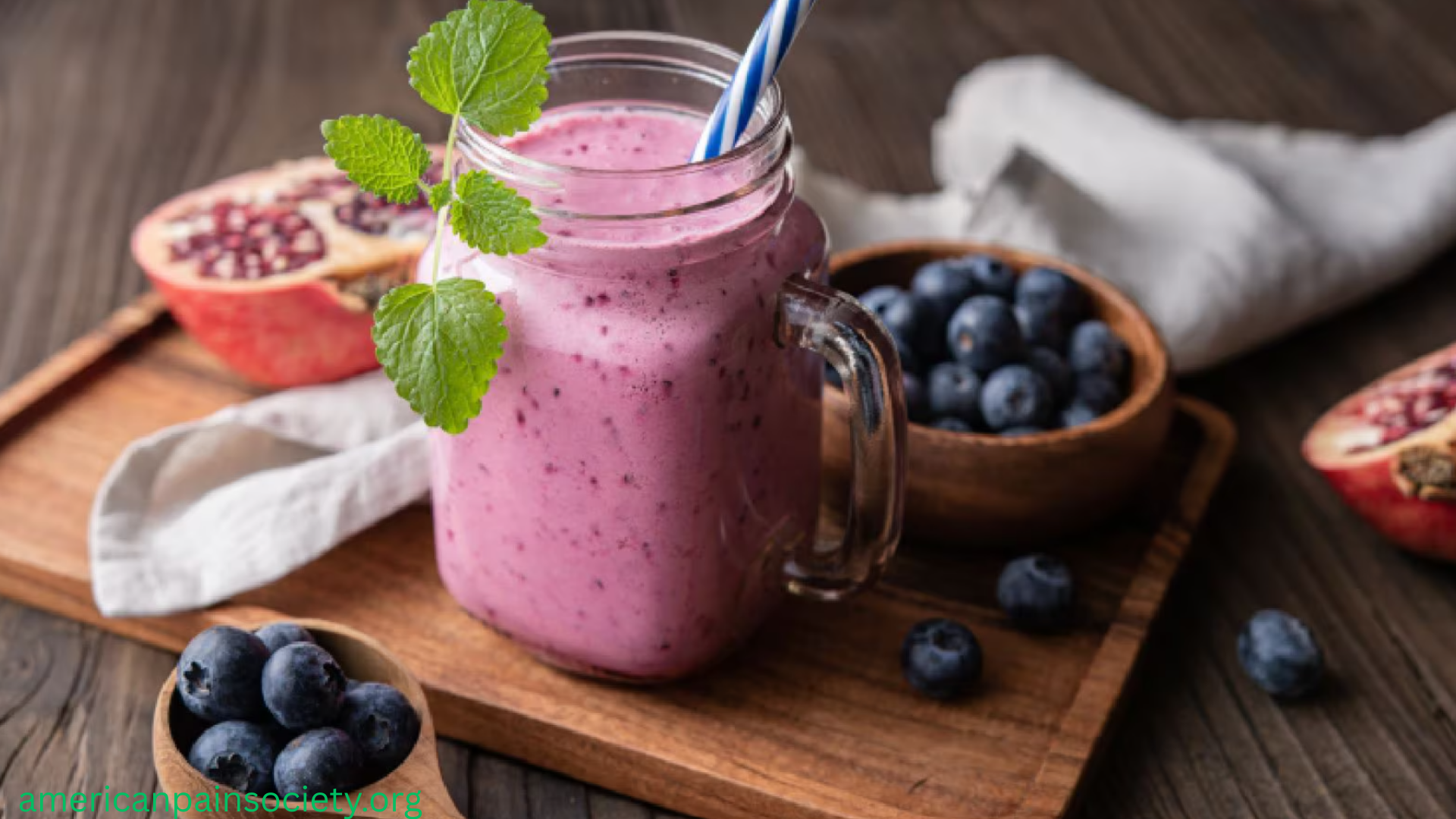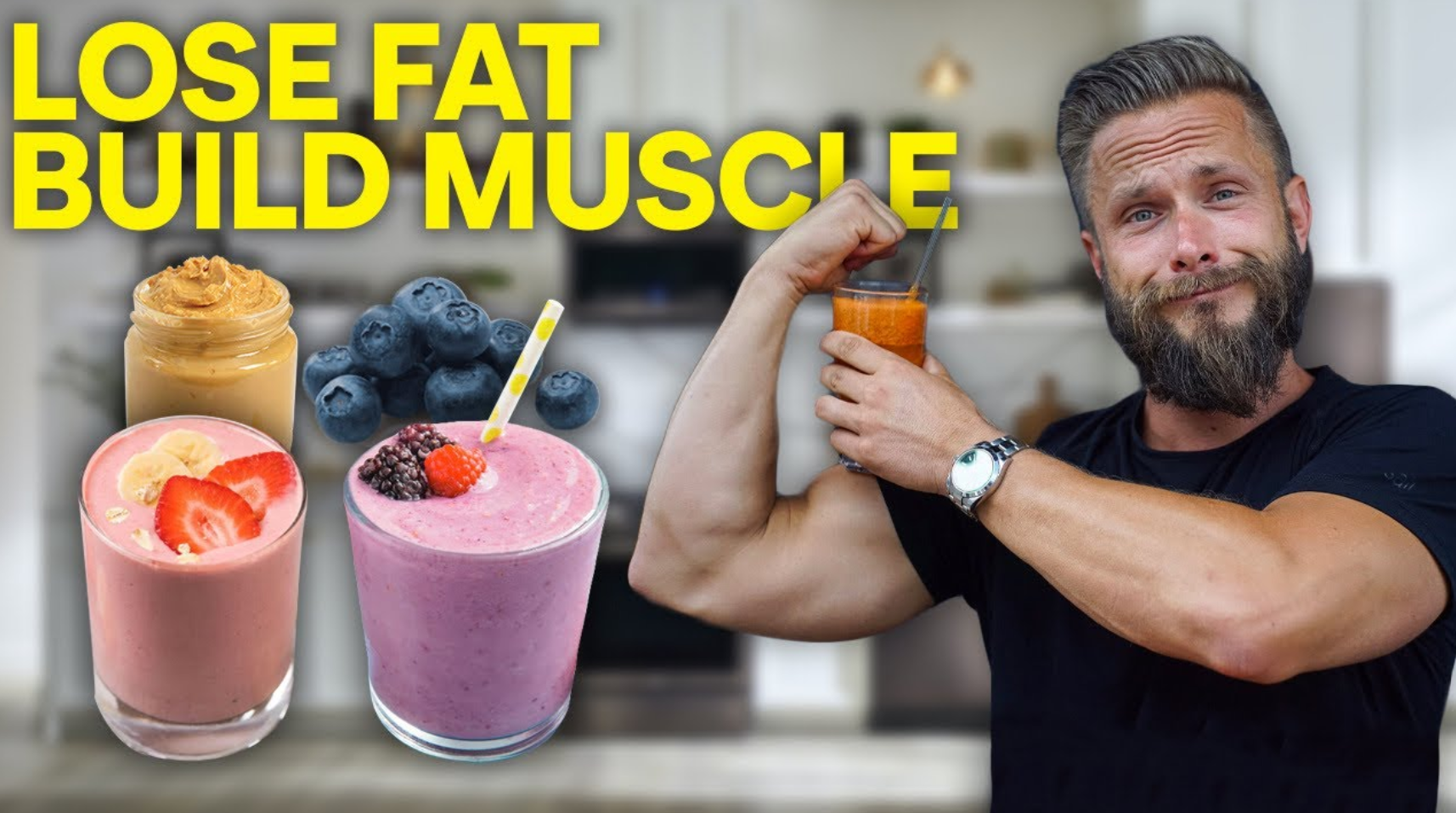
Milkshakes and weight loss! We know it seems like an absurd idea to even suggest drinking a milkshake when you are trying to lose weight. It’s a big no-no. So, we came up with the milkshake recipes that are protein-rich, nutrient-dense, and calorically deficient. These healthy milkshake recipes for weight loss will boost energy levels, improve metabolism, and satiety.
Can Milkshake weight loss recipes work?
Yes, milkshake weight loss recipes do work. The regular milkshakes are full of sugar, fat, and processed toppings. Our approach is different; we are using only the healthy organic low-calorie ingredients. There is no sugar, no processed toppings, and no extra fat.
To lose weight, you need a calorie-deficient diet. And these milkshakes may help you replace a meal when made with the correct ingredients. The milkshake diet is not a fad diet. If you make it correctly, it will yield superb weight loss results.
What to look for in a weight loss milkshake?
These are the key factors to look for when you want to make a weight loss milkshake:
- Amount of protein
- Fiber percentage
- Low in sugar or no added sugar
- Low Calorie
- Nutrient and vitamin-rich
Who can drink these healthy milkshakes?
Anyone looking for a calorie-deficient pre- or post-workout meal can try them. Some of the healthy milkshakes are vegan-friendly and cost very little to make. These pocket-friendly milkshakes may assist in boosting the weight loss process.
Our Top 10 Healthy Milkshakes for weight loss
Green Goddess Milkshake:
Key Ingredients:
- Cucumber
- Avocado
- Greek Yogurt
- Kale
- Spinach
- Lemon Juice
- Water
Prep Method: Put all ingredients in a blender and blend until they turn rich and smooth. Add water if it is too thick. Bring it to a nice consistency.
Best Time To Drink: Morning
Glycemic Index: Very Low
Berry Blast Milkshakes Without Added Sugar
Key Ingredients:
- Almond milk/Oat Milk
- Raspberries
- Blueberries
- Strawberries
- Honey
- Whey protein powder/Cottage cheese
Prep Method: Take 250 ml of almond milk, add 1 cup of mixed berries, and add 1 scoop of whey protein. Blend it in a blender until creamy and smooth.
Glycemic Index: Medium
Best Time To Drink: After a workout or exercise
Banana Peanut Butter Milkshake
Key Ingredients:
- Banana
- Peanut
- Almond milk/Oat milk
- Chia Seeds
- Protein powder
Prep Method: Blend peanut butter, almond milk, and a slightly ripe banana. Chia seeds are optional.
Glycemic Index: Medium
Best Time To Drink: Pre-workout or exercise
Chocolate Avocado Vegan Milkshake
Key Ingredients:
- Chocolate powder
- Avocado
- Almond milk/Oat Milk
- Vanilla essence
Prep Method: Mix all the ingredients. Put them in a blender and blend them into a rich, creamy texture. Add ice and drink it slowly.
Glycemic Index: Low
Best Time To Drink: In between meals to replace a snack and curb hunger.
Oatmeal Cookie Milkshake Without Added Sugar
Key Ingredients:
- Steel Rolled Oats
- Almond Milk
- Mixed berries
- Banana (optional)
- Honey (optional)
Prep Method: Blend oats, almond milk, berries, and banana. Add water to reduce thickness.
Glycemic Index: Low
Best Time To Drink: Before workout/ As breakfast
Spinach and Apple Milkshake
Key Ingredients:
- Spinach
- Kale
- Apple
- Greek Yogurt
- Lime water (Optional)
- Coconut Water
Prep Method: Mix all ingredients and blend them in a mixer. Add coconut water to improve the consistency of the milkshake.
Glycemic Index: Medium
Best Time To Drink: Anytime of the day
Coffee Protein Powder Milkshake
Key Ingredients:
- Coffee
- Almond Milk
- Ice cubes
- Whey protein
Prep Method: Take 2 grams of coffee, add it to 250 ml of almond milk, and add 3 ice cubes. Blend it. Drink the chill beverage.
Glycemic Index: Very Low
Best Time To Drink: Any time you wanna drink coffee (no more than 3 drinks per day)
Chia Seeds Low-Calorie Milkshake
Key Ingredients:
- Chia seeds
- Almond milk
- Honey
- Cinnamon (optional)
Prep Method: Soak the chia seeds for about 30 to 40 minutes in almond milk. Add honey, cinnamon, or vanilla to boost flavor. You can drink it as it is. Or can blend into a rich creamy texture.
Glycemic Index: Low
Best Time To Drink: Any time of the day, when you crave snacks.
Kale Pineapple Metabolism Boost Milkshake
Key Ingredients:
- Kale
- Spinach
- Pineapple
- Apple (optional)
- Oat milk
- Coconut water
- Protein powder
Prep Method: Mix all ingredients in a bowl. Empty the bowl into the blender jar. Blend until the desired consistency is reached. Add coconut water to make it less creamy.
Glycemic Index: Medium
Best Time To Drink: Before a meal or workout
Pumpkin Spice Milkshake
Key Ingredients:
- Pumpkin Puree
- Whey Protein 30 grams
- Almond Milk/Oat Milk
- Nutmeg
- Ginger
Prep Method: Mix all the ingredients and blend. Attain desired consistency. Serve it hot or cold as you desire.
Glycemic Index: Medium
Best Time To Drink: When you are craving snacks
What are the health benefits of these Milkshake recipes?
- Improved Metabolism: Aid in burning extra calories. Speeds up weight loss journey
- Boosted Energy Levels: These healthy weight loss milkshakes are packed with energy-boosting ingredients.
- Calorie Deficit Diet: They are nutrient-dense and low-calorie drinks, best suited for healthy weight loss.
- Muscle building/Muscle Recovery: A Few milkshakes with whey protein and other protein ingredients may improve lean muscle mass.
- Improved Hydration: You will stay hydrated for a longer period.
- Balanced Diet/Nutritious: These weight loss milkshakes provide a healthy mixture of macronutrients and micronutrients along with vitamins.
BottomLine:
Milkshakes can be healthy when made with the right ingredients and supplement a balanced diet plan. These 10 healthy milkshake recipes for weight loss are effective and proven to work. Make them at home for the best results.

Frequently Asked Questions
Do weight-loss milkshakes even work?
Yes, weight loss milkshakes will work if they are made with the right ingredients and are low-calorie.
Should I make a milkshake at home rather than buying one at commercial milkshake shops?
We encourage people to make their own milkshakes. It allows greater control over ingredients and calories.
Are there any risks of weight loss milkshakes?
Some common potential side effects are:
- Bloating
- Hunger or craving
- Nutritional deficiency
- Protein deficiency
Note: Most of these problems occur when you replace meals with milkshakes. These milkshakes are not meant to replace a meal. They are a healthy alternative to processed snacks.
